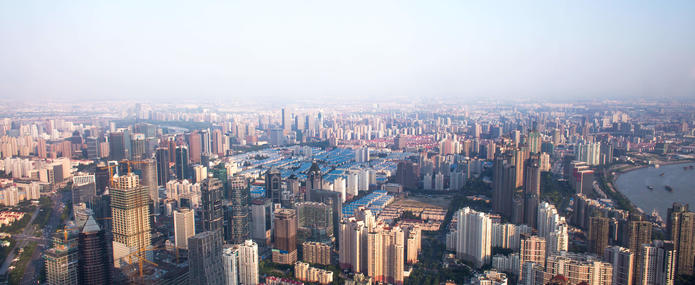Soon after it opened for business in January 2016, the Asian Infrastructure Investment Bank (AIIB) had already launched six projects. Detailed information on these projects is publicly available on the AIIB’s website, while Table 1 in this article summarizes the key information. The overall consensus is that these projects comply with high environmental and social standards, implying that AIIB prioritizes green and social objectives in its project selection. However, there is room in future projects for a greater emphasis on the links with sustainable development, in particular the link with the 2030 Agendas (Sustainable Development Goals and the Nationally Determined Contributions) as major bilateral and multilateral development banks all shift to green and climate-centred intervention strategies.
A summary of the key characteristics of these projects is provided below. In terms of transparency, project information is generally provided in a two-page project presentation format, with uniform project documents showing specific details (see Table 2 below). A project summary sheet is provided at the beginning of the document that contains key project information and data. As of July 2016, the project documents for the latest two projects were not available online: namely the Tarbela 5 Hydropower Extension Project (Pakistan) and the Transmission System Strengthening Project (India), the latter being at the concept stage at the time of writing.
The nature of all six projects is that of the expansion and/or strengthening of existing infrastructure, which indicates prudence in terms of the AIIB’s project selection during its early operational phase. Categorized according to the beneficiary countries, all six projects are located in Southern and Eastern Asian countries, specifically two in Pakistan and the other four in India, Indonesia, Bangladesh and Tajikistan. In terms of co-financing, the AIIB’s existing projects have demonstrated a strong co-operative character. Among five approved projects, four are co-financed: two with the World Bank (WB), one with the European Bank for Reconstruction and Development (EBRD), and one jointly with the Asian Development Bank (ADB) and the UK Department for International Development (DFID). As Table 1 shows, co-financing by AIIB is usually less than or equal to that of other co-financing institutions. This again is an indication that the AIIB is strongly focused on security and risk aversion, at least during its early phase of operation.
It should be noted that the environmental and social assessment methods and the safeguarding policies of lead co-financers are used in these co-financed projects as the AIIB has acknowledged coherency with its own environment and social policy. Through this process of co-financing, the AIIB does not only reduce project risk, but also gains experience of environmental and social standards and practices from existing financial institutions. Environmental and social impact assessments are made using these methods. An Environmental Management Plan (EMP) is used to minimize the anticipated impacts during construction and operation, and a constructor will update the EMP before construction begins so as to apply a site-specific EMP.
Project 2 in Table 1 is (so far the only) solely financed project by the AIIB (with contributions from beneficiary countries). This project is clearly highly associated with China’s proposed Belt and Road Initiative, which has a central objective of enhancing transportation connectivity and building a regional economic cooperation corridor. From a sectoral perspective, out of the six projects three concern electricity transmission and supply (one project also includes the installation of a power house at a dam); two projects are aimed at the construction of road transportation; and one is targeted at upgrading service provision in slums. These are certainly central sectors for infrastructure, which can no longer be dissociated from sustainable development. Therefore, AIIB has an opportunity to take advantage of its position as a newly created institution and embrace more advanced and innovative green and climate-friendly projects in future.
Rational decision-making has certainly ensured that the AIIB has been able to function well and stably during its early phase. By looking for cooperative finance with existing financial institutions, the AIIB can rapidly gain tangible experience of related practices and standards, in particular environmental and social standards. Given the urgent need to achieve the 2030 climate and sustainable development targets/goals, existing financial institutions could, more pro-actively, inject recently developed climate and green practices and methods into projects co-financed with the AIIB in future. The AIIB could also provide an innovative role in terms of supporting sustainable projects.
Certainly, these six projects may not reflect the complete strategy and orientation of the AIIB. Only the future will show to what extent the AIIB can/will play a role in accelerating, or even mainstreaming climate and green finance into the construction of infrastructure. Table 1. Summary of existing AIIB projects (see PDF) Table 2. Project document structure of the AIIB
Category Contents Strategic context Country context Sectoral and institutional context Rationale for the project The project Objectives Design, components and key indicators Cost and financing plan Institutional and implementation arrangements Monitoring and evaluation of project results Loan conditions and covenants Project assessment Technical Financial Analysis Economic Analysis Fiduciary and governance Environmental and social Risks and mitigation measures

